3D city models are geospatial data assets for cities that represent terrain areas, sites, vegetation, facilities, buildings and landscape elements inside a three-dimensional scale too as related objects belonging to urban areas.
Their elements are described and represented by corresponding two-dimensional in addition to three-dimensional spatial data plus geo-referenced data.
3D city models also support analysis, exploration, presentation and management jobs in a large number associated with different application domains.
Within particular, 3D city models allow “for visually adding heterogeneous geoinformation within the single framework and, consequently, create and manage complicated urban information spaces.
3D city models are generally built through THREE DIMENSIONAL reconstruction and data integration, by blending photogrammetry or laser beam scanning data along with GIS data such as building footprints plus IDs. Also, the use of highly detailed building information models (BIM) as a source of as-planned information remains a significant advancement topic.
Another advancement direction may be the incorporation of time collection and sensor data to the objects inside a city model. Instead of being static representations of the environment, the inclusion of live information is turning city models into progressively dynamic artifacts plus towards the concept of a ‘digital twin’ of the town.
Very
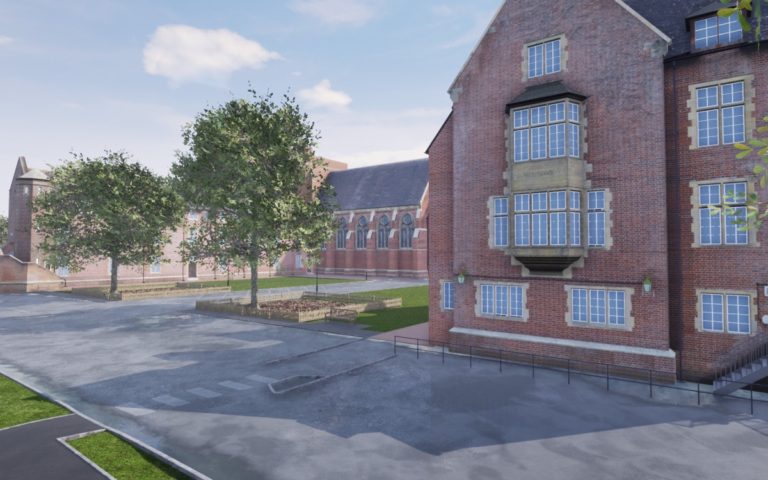
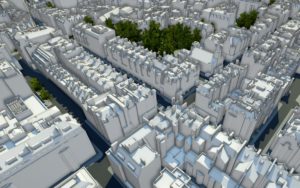
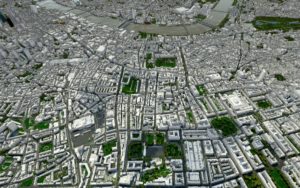
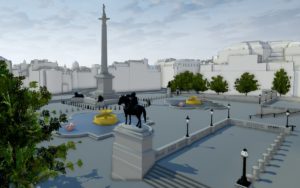
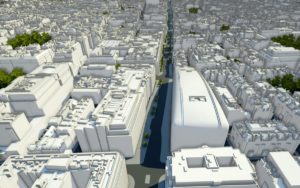
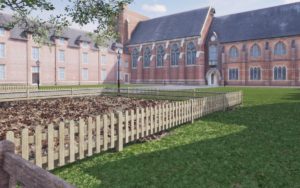
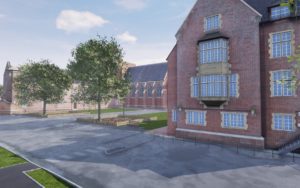
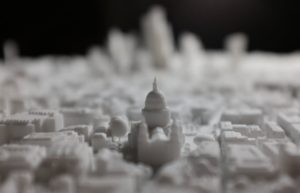
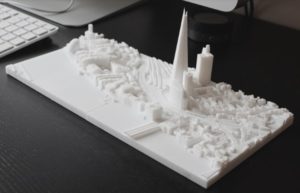

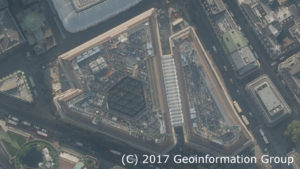

0 Comments